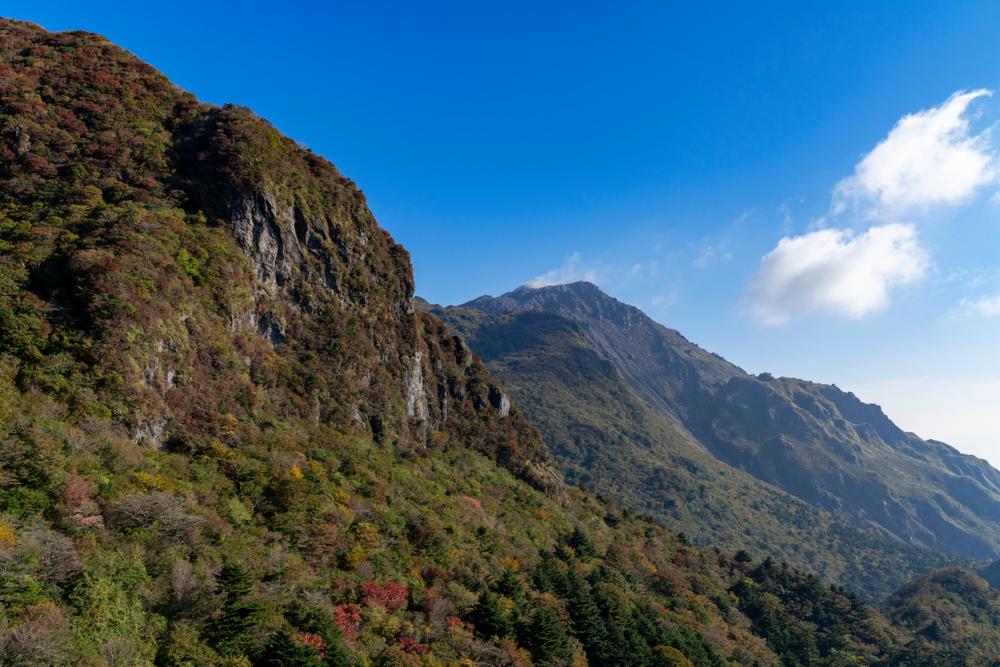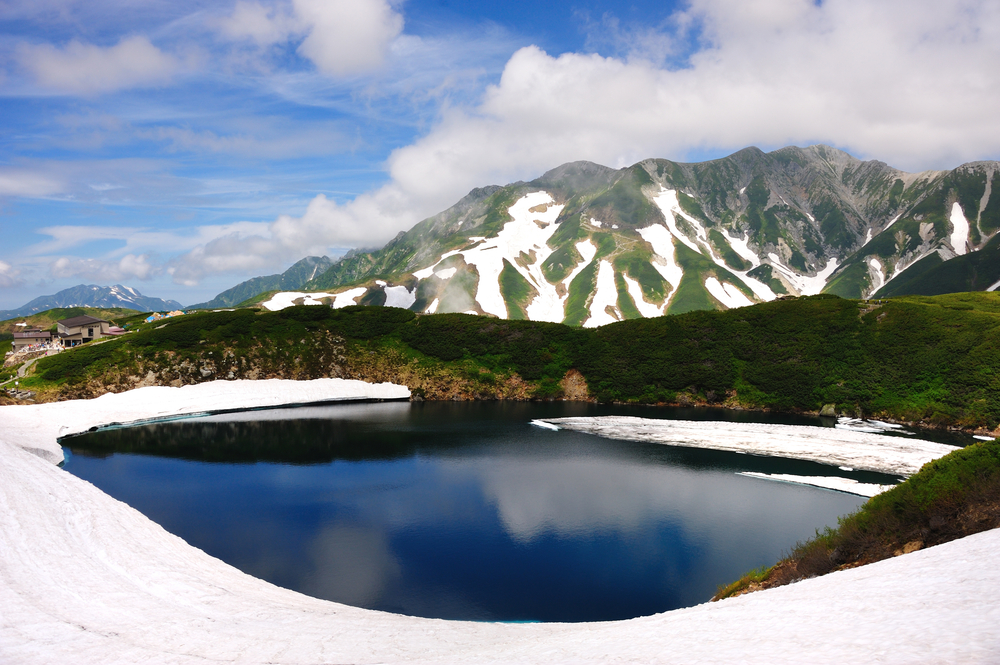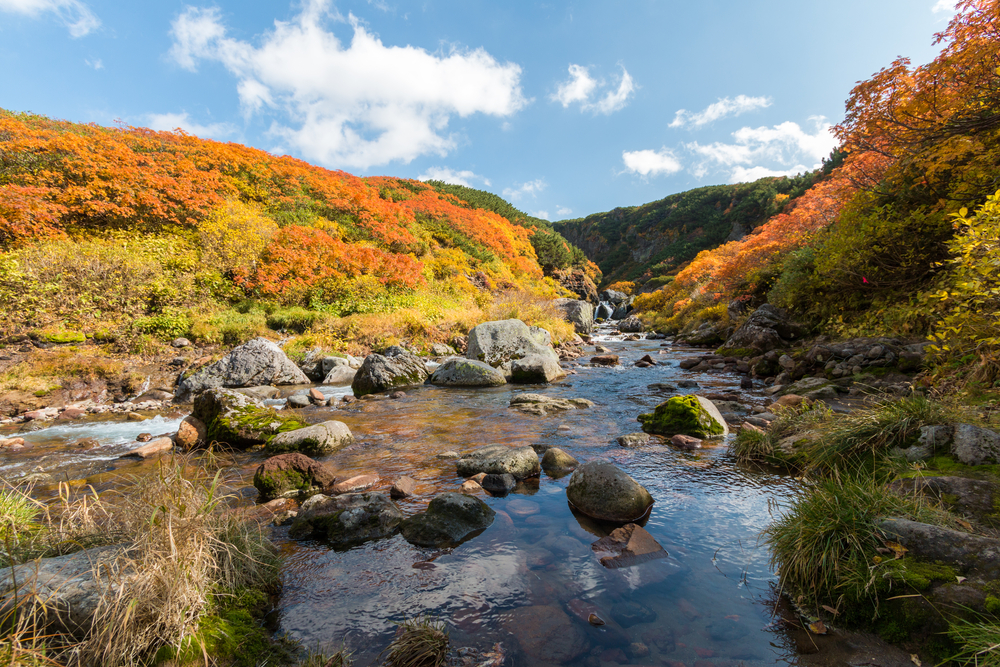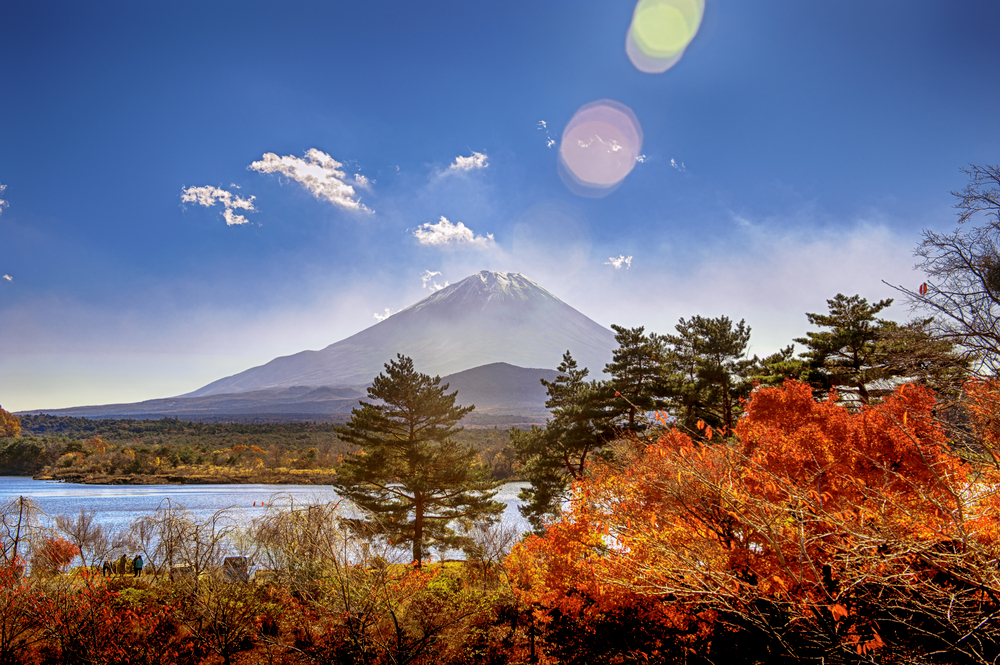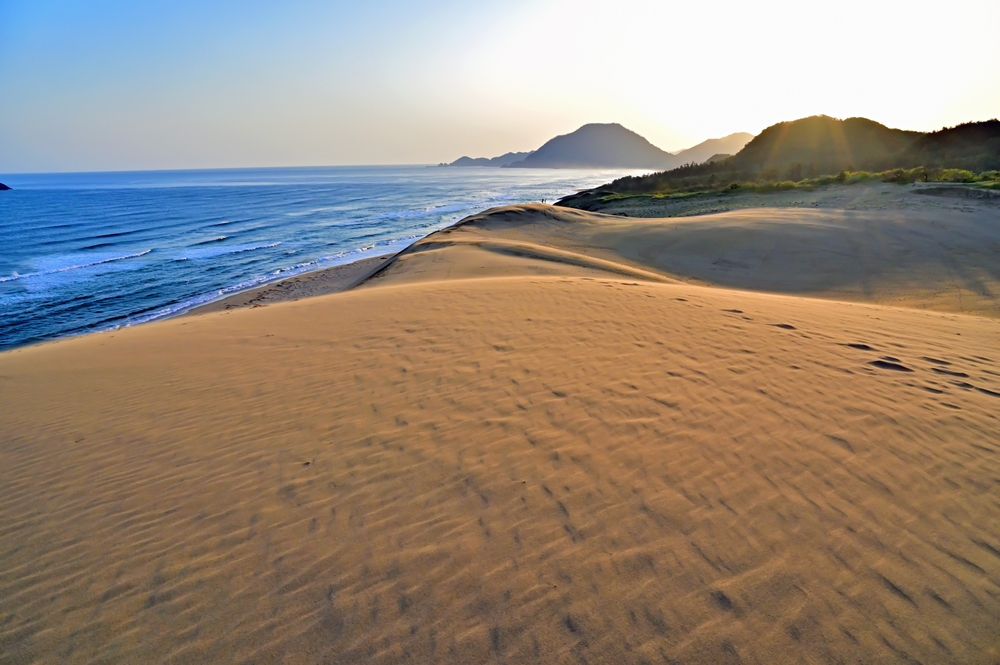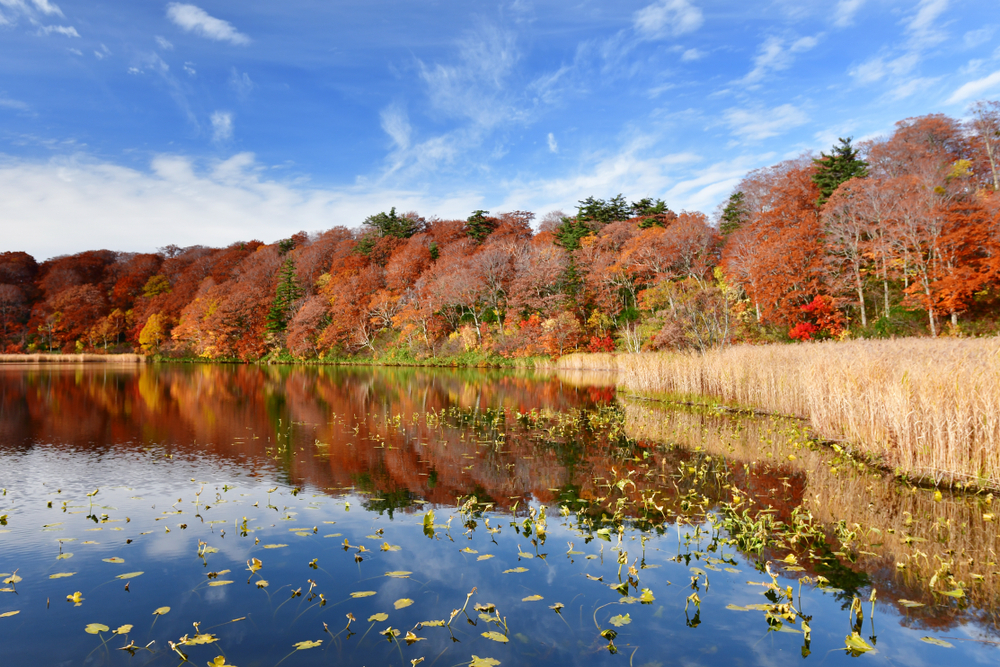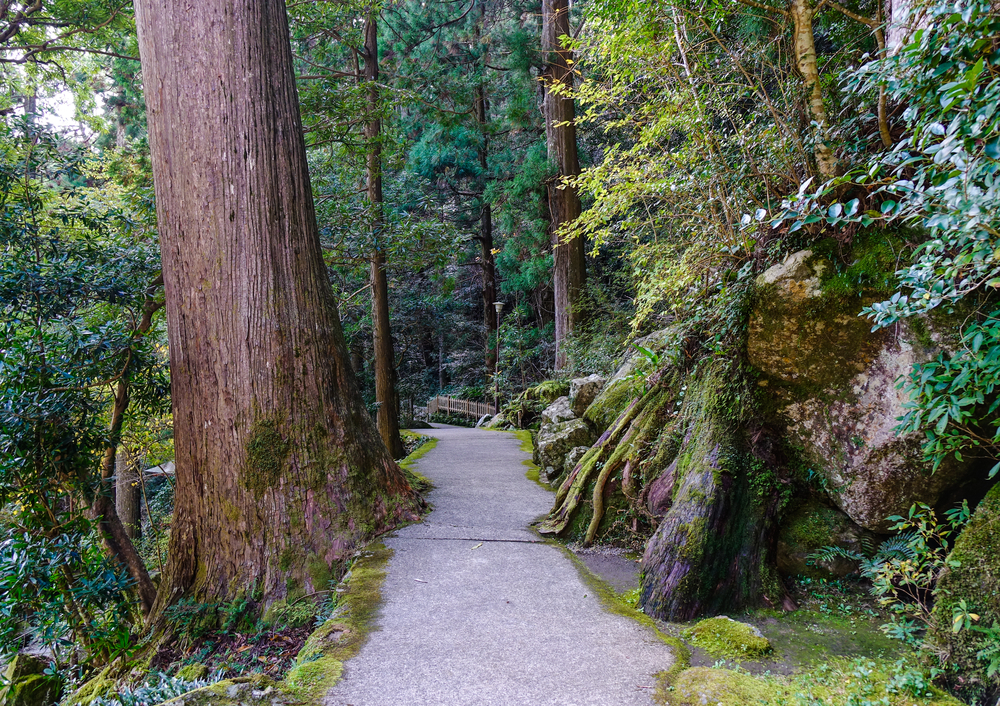Unzen-Amakusa Overview
Unzen-Amakusa National Park, or 雲仙天草国立公園 (Unzen-Amakusa Kokuritsu Kōen) in Japanese, is a remarkable expanse of natural beauty located on the island of Kyushu, Japan. Spanning approximately 282 square miles (730 square kilometers), this national park stretches across Nagasaki, Kumamoto, and Kagoshima prefectures. It is famed for its diverse landscapes, volcanic origins, and historical significance, offering visitors a unique blend of natural splendor and cultural heritage.
The terrain of Unzen-Amakusa National Park is defined by its volcanic features, particularly the active Mount Unzen, a stratovolcano that towers at 4,462 feet (1,360 meters). The park also encompasses the rugged Amakusa Islands, a chain of over 120 islands renowned for their dramatic coastlines, picturesque beaches, and emerald waters. Dense forests of Japanese cedar, bamboo groves, and seasonal flowers, such as azaleas and hydrangeas, cover much of the park, creating an ever-changing tapestry of color. Hot springs, or onsen, are scattered throughout, including the famous Unzen Onsen, where geothermal steam vents and bubbling pools are reminders of the park’s volcanic heart.
Wildlife thrives in this diverse habitat. Mammals such as Japanese deer and tanuki (raccoon dogs) roam the forests, while small mammals like the Japanese dormouse inhabit the dense undergrowth. The park is also a paradise for bird enthusiasts, with species like the Japanese paradise flycatcher, black-faced spoonbill, and osprey frequently sighted. Migratory birds are particularly abundant, as the park serves as a key stopover for species traveling along the East Asian-Australasian Flyway. Marine life in the waters around the Amakusa Islands includes dolphins, which are a major draw for visitors.
Among the park’s highlights is Mount Unzen, whose eruption in the early 1990s created new lava domes and reshaped the landscape. The Unzen Ropeway offers panoramic views of the surrounding area, especially breathtaking during the cherry blossom and autumn foliage seasons. The Amakusa Islands are celebrated for their historical significance as a center of Japan’s early Christian communities and feature sites like the Amakusa Shiro Memorial Hall. Other attractions include Shimabara Castle, the hellish steaming vents of Unzen Jigoku (Unzen Hell), and numerous hiking trails that wind through the park’s scenic vistas.
Visitors to Unzen-Amakusa National Park can engage with its wonders through hiking, birdwatching, dolphin-watching tours, and hot spring bathing. The park also supports eco-tourism initiatives, including guided nature walks and cultural heritage tours. Accessibility is enhanced by local transportation networks, making it easy for visitors to explore both the volcanic landscapes and the coastal areas.
Conservation challenges in the park include managing volcanic activity, protecting its fragile ecosystems, and preserving cultural heritage sites. However, these efforts have seen significant successes, such as the establishment of visitor centers to educate the public on sustainable tourism and the park’s biodiversity. Ongoing collaboration between local communities, scientists, and the government ensures that Unzen-Amakusa National Park remains a vibrant and protected environment for future generations.








































































